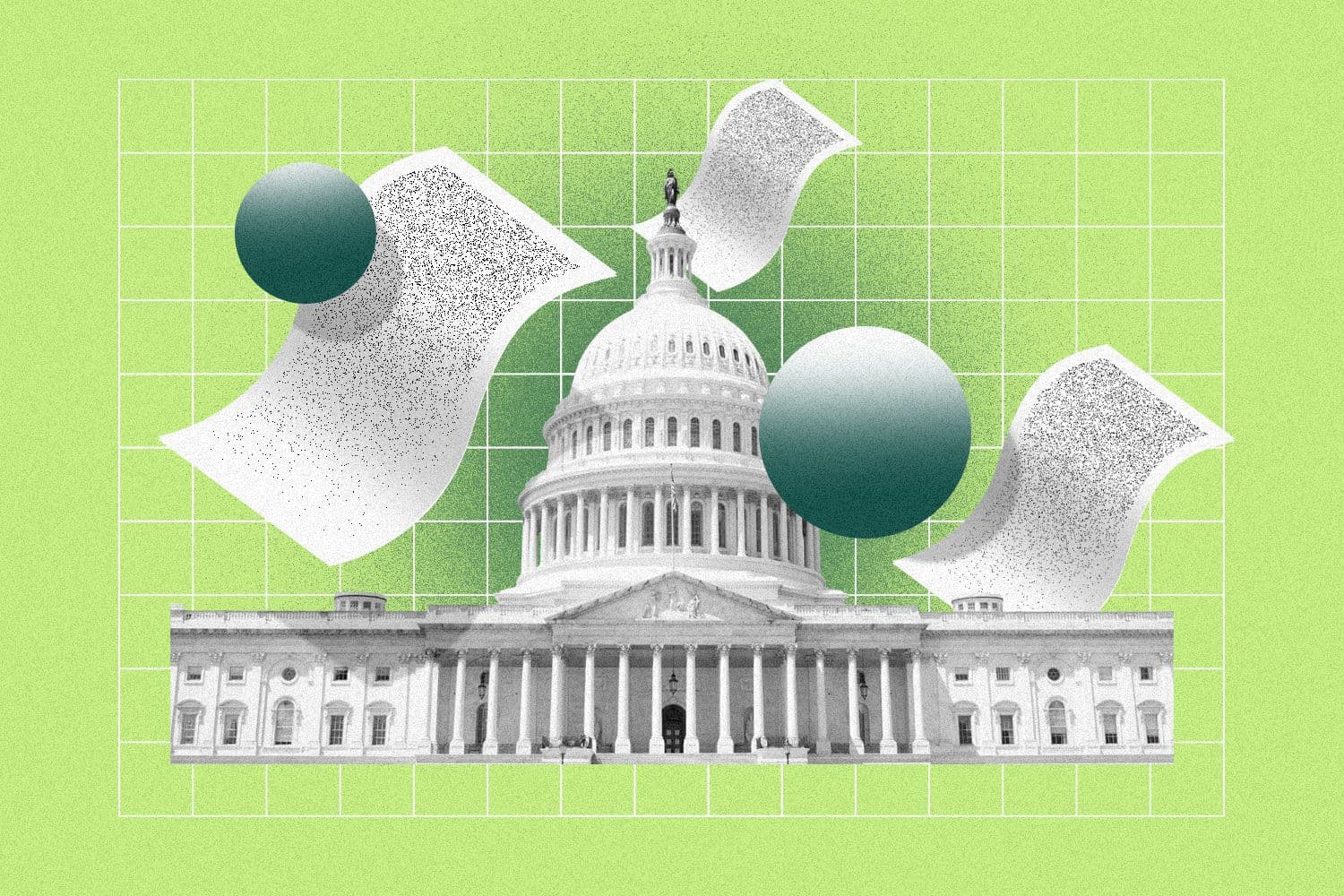Legislative lowdown: OSHA issues proposed rule to protect employees from heat-related dangers
The fate of the rule, which would require employers to implement protections at certain temperature thresholds, hinges in part on the outcome of the presidential election this fall.

Francis Scialabba
• 3 min read
Courtney Vinopal is a senior reporter for HR Brew covering total rewards and compliance.
The Occupational Safety and Health Administration (OSHA) announced a proposed rule on July 2 to protect employees from the dangers of working in extreme heat.
This marks the first major federal regulation aimed at preventing heat-related deaths in the workplace, and comes as some states are rolling back legislative efforts to keep workers safe in the heat.
An average of 40 workers died from heat exposure annually between 2011 and 2022, according to Bureau of Labor Statistics figures, though the Department of Labor said these statistics are “likely vast underestimates.” Calls for a federal heat standard have grown in recent years as rising temperatures related to the climate crisis have made workers more vulnerable to injury and illness.
What OSHA’s rule proposes. Under the proposal, all employers with more than 10 employees would be required to develop and implement a written heat injury and illness prevention plan. The plan would need to include a list of types of work activities covered, details on how employers are complying with the requirements of the heat standard, metrics for monitoring temperatures, a list of emergency phone numbers and procedures workers must follow if an employee shows signs or symptoms of a heat-related illness, and a list of “heat safety coordinators” tasked with implementing and monitoring the plan.
Employers would have to take certain protective measures if the heat reaches certain levels—the rule identifies 80°F as an “initial heat trigger,” and 90°F as a “high heat trigger.” Among the protections employers would need to implement at the initial threshold are providing break areas with shade, air-conditioning, or proper ventilation, depending on the location, as well as readily accessible cool drinking water. When temperatures reach at least 90°F, workers would be entitled to paid 15-minute rest breaks every two hours, and employers would be required to issue hazard alerts to notify employees about the importance of hydration, mandatory rest breaks, and emergency procedures.
Quick-to-read HR news & insights
From recruiting and retention to company culture and the latest in HR tech, HR Brew delivers up-to-date industry news and tips to help HR pros stay nimble in today’s fast-changing business environment.
The proposed standard would also require employers to take action to help new and returning employees adjust to the heat (a process known as “acclimatization”), as these workers are more vulnerable to heat-related injury and illness.
An uncertain future. While the federal government will collect comments on the proposed rule, its future may hinge on the outcome of the presidential election in November, as Donald Trump could be reelected president before it’s finalized. Though Trump hasn’t said whether he supports the proposed rule, Republicans have spoken out against it, Politico reported.
The rule faces opposition from industries like home-building and construction, which wrote to OSHA asking the agency to exempt the construction trades from the standard and propose a separate measure for these workers, the Washington Post reported.
Regardless of how the proposed federal rule shakes out, the growing prevalence of heatwaves has implications for the entire workforce, as it can cause increased absences and lowered productivity. To better protect workers in the heat, HR departments can shift schedules to hours where temperatures tend to be cooler, as well as develop risk management plans to ensure additional rest periods, access to drinking water, and acclimatization protocols, HR Brew previously reported.
Quick-to-read HR news & insights
From recruiting and retention to company culture and the latest in HR tech, HR Brew delivers up-to-date industry news and tips to help HR pros stay nimble in today’s fast-changing business environment.